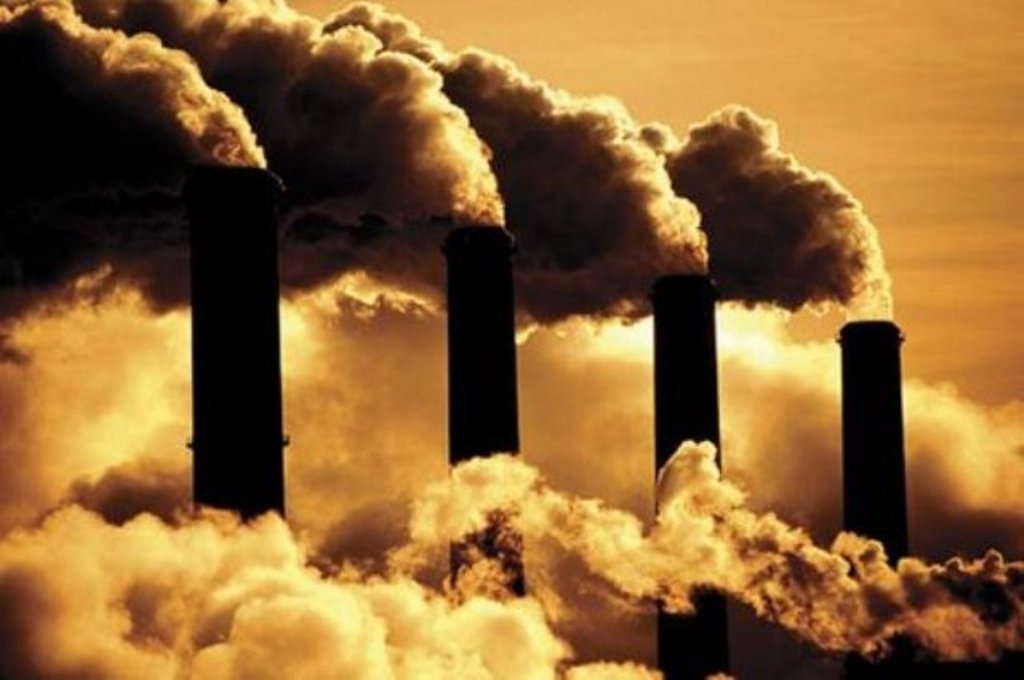Daily measurements of CO2 at a US government agency lab on Hawaii have topped 400 parts per million for the first time.
The station, which sits on the Mauna Loa volcano, feeds its numbers into a continuous record of the concentration of the gas stretching back to 1958.
The last time CO2 was regularly above 400ppm was three to five million years ago – before modern humans existed.
Scientists say the climate back then was also considerably warmer than it is today.
Carbon dioxide is regarded as the most important of the manmade greenhouse gases blamed for raising the temperature on the planet over recent decades.
Human sources come principally from the burning of fossil fuels such as coal, oil and gas.
The usual trend seen at the volcano is for the CO2 concentration to rise in winter months and then to fall back as the northern hemisphere growing season kicks in. Forests and other vegetation pull some of the gas out of the atmosphere.
This means the number can be expected to decline by a few ppm below 400 in the coming weeks. But the long-term trend is upwards.
British atmospheric physicist Prof Joanna Haigh commented: “In itself, the value 400ppm of CO2 has no particular significance for the physics of the climate system: concentration levels have been in the 300s for so long and now we’ve passed the 400 mark. However, this does give us the chance to mark the ongoing increase in CO2 concentration and talk about why it’s a problem for the climate.”
Source: BBC News


